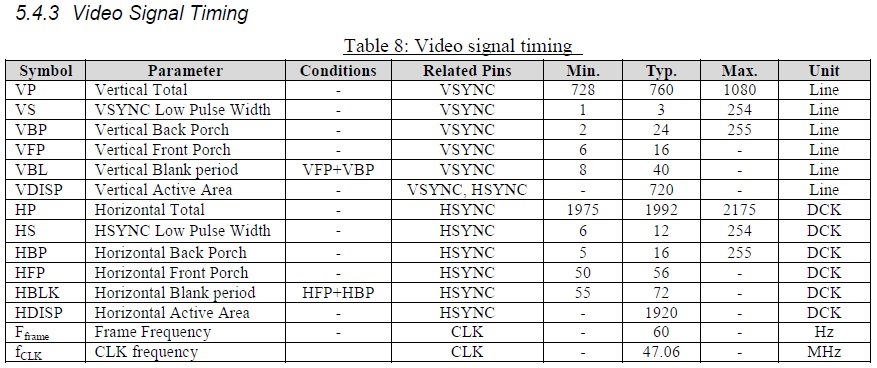Other Parts Discussed in Thread: ALP
Hi team,
customer would like to request more detail on the ALP tool user guide. Would you please share that to customer?
the issue customer has now is that LCD panel is no display. customer would like to know there is any sequence to tune the ALP tool.
for the following item highlighted in orange, is there user guide and procedure to follow?
this is previous discussion E2E post
https://e2e.ti.com/support/interface/f/138/t/859149
BR,
Scott








